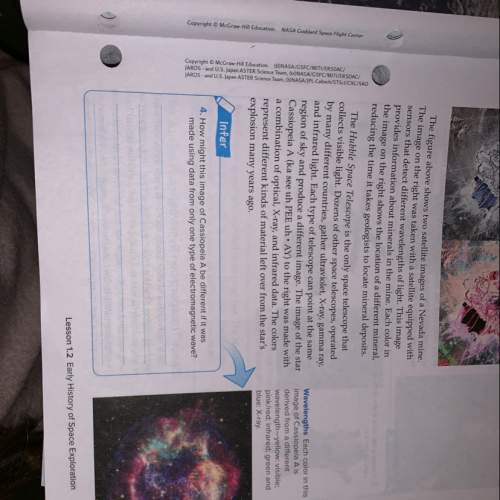
Mathematics, 25.02.2021 20:30 GreenHerbz206
Quadrilateral ABCD has vertices A(3, 2), B(5, 7), C(8, –2), and D(6, –5). Quadrilateral ABCD will be translated to create quadrilateral A’B’C’D’. If A is translated to A’(-1, 5), which of the following is the algebraic rule that best describes this translation?

Answers: 3


Other questions on the subject: Mathematics

Mathematics, 21.06.2019 14:00, emblemhacks
Me. drysdale earned 906.25 in interest in one year on money that he had deposited in his local bank if the bank paid an interest rate of 6.25% how much money did mr. drysdale deposit
Answers: 3

Mathematics, 21.06.2019 14:20, alissalhenry
If sin θ=24/25 and 0 less than or equal to θ less than or equal to π/2, find the exact value of tan 2θ. answers; a) -527/336 b) -336/527 c)7/24 d) 24/7
Answers: 3


You know the right answer?
Quadrilateral ABCD has vertices A(3, 2), B(5, 7), C(8, –2), and D(6, –5). Quadrilateral ABCD will be...
Questions in other subjects:

Mathematics, 10.11.2020 21:20

Mathematics, 10.11.2020 21:20



History, 10.11.2020 21:20

Biology, 10.11.2020 21:20


Mathematics, 10.11.2020 21:20





